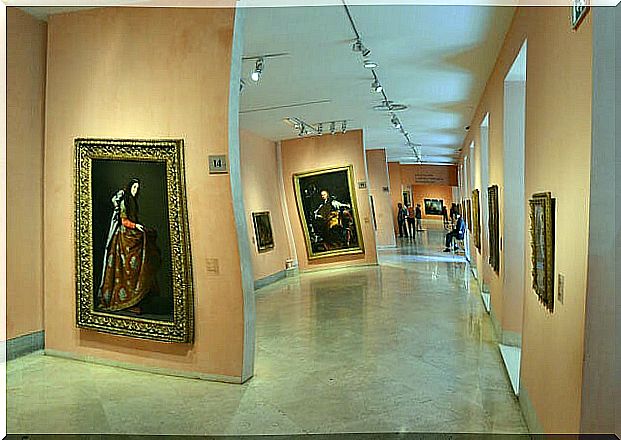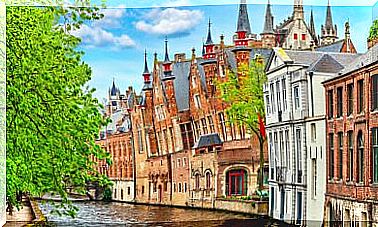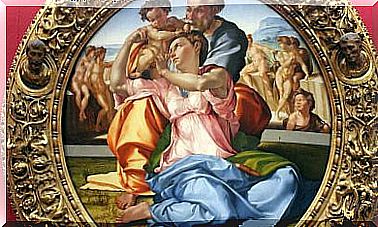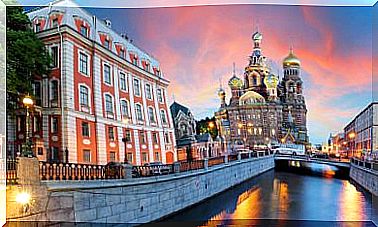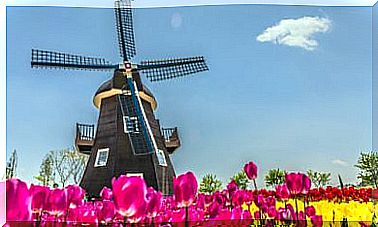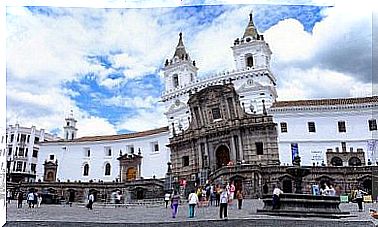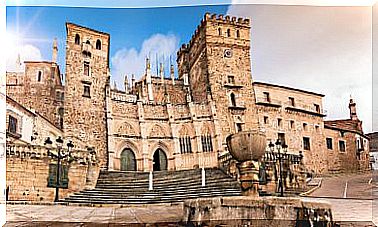The Story Of The Portrait Of Giovanna Tornabuoni
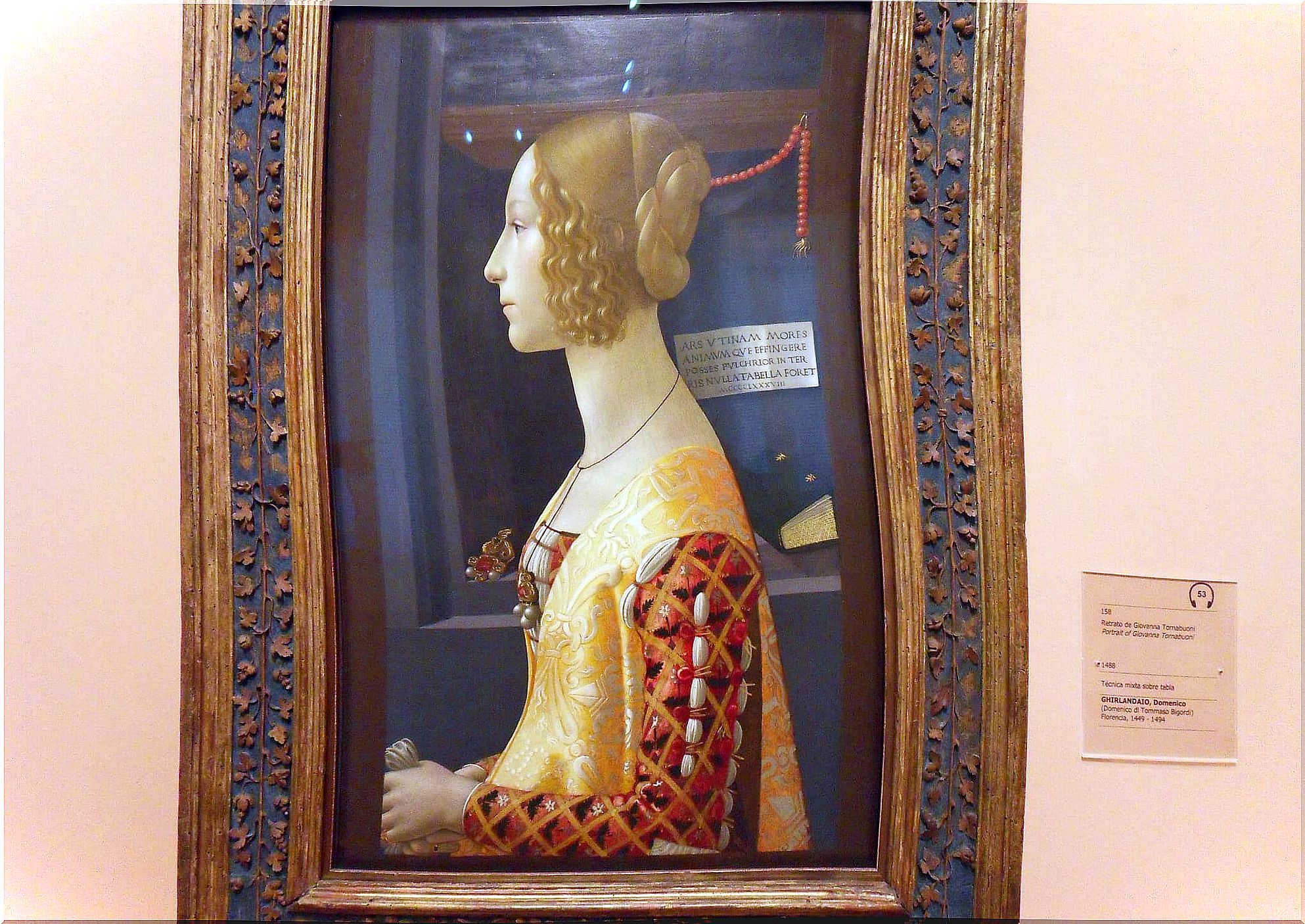
The portrait of Giovanna Tornabuoni or Giovanna degli Albizzi Tornabuoni is one of the most interesting and influential masterpieces of the Italian Renaissance. Painted by Domenico Ghirlandaio, it is currently in the Museo Nacional Thyssen-Bornemisza, in Madrid.
Without a doubt, contemplating this piece of art is a luxury for the eyes. Are you interested in knowing more details about this masterpiece of the Renaissance?
Domenico Ghirlandaio, brushstrokes of his life
Domenico Ghirlandaio is a key painter in the history of painting. His work belongs to the so-called Florentine Quattrocento and is of a sophistication and technical proportions unmatched for the time. This painter was born in Florence on June 2, 1448 and died on January 11, 1494.
Ghirlandaio stood out not only for being one of the best painters of his time, but also because he directed a workshop in which, in addition to producing high-quality works, he was in charge of training young apprentices who had the opportunity to participate in commissions that received Domenico. Among them, there was one named Michelangelo.
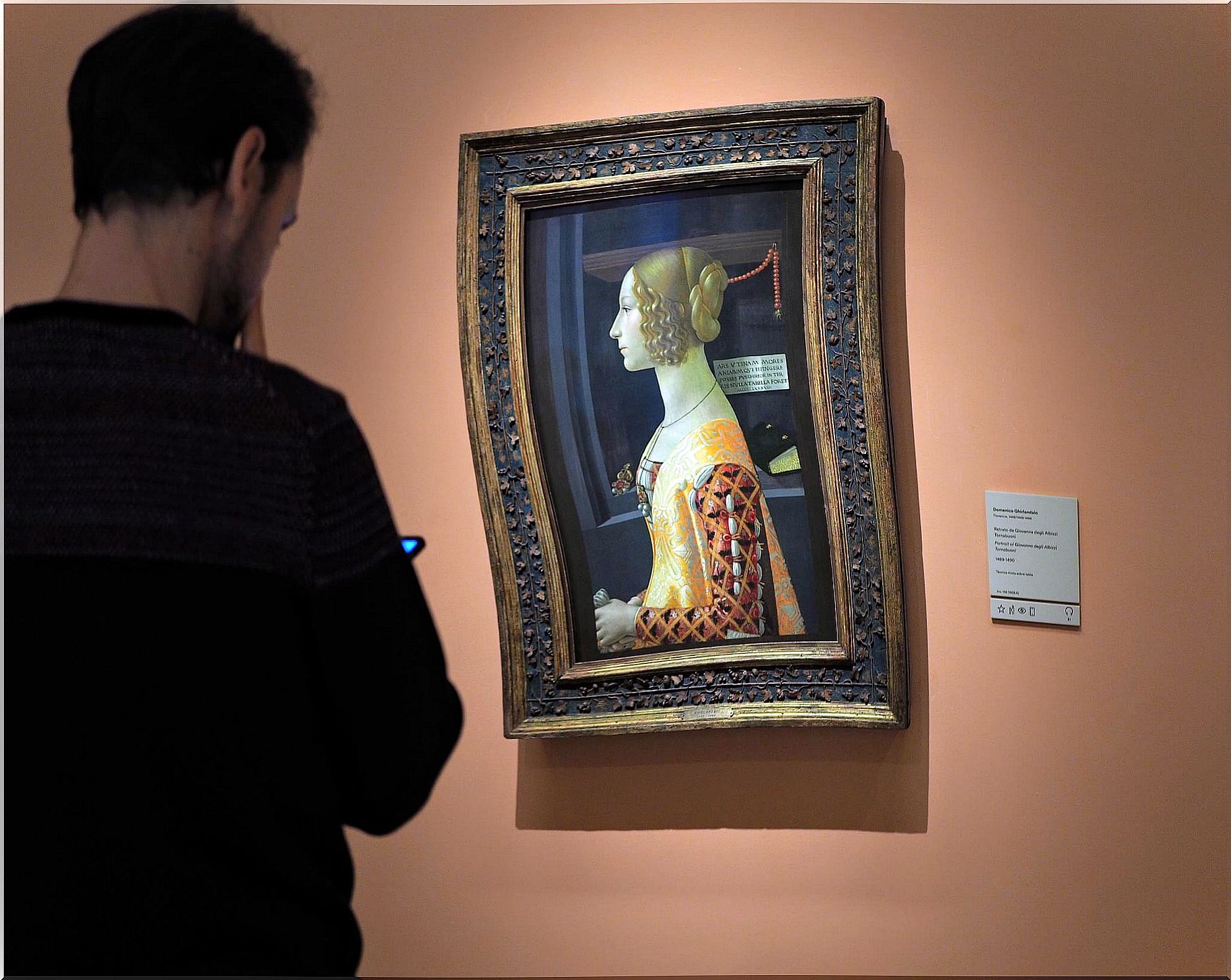
The portrait of Giovanna Tornabuoni
Among Ghirlandaio’s most outstanding works is this beautiful portrait of Giovanna Tornabuoni, a woman famous for her incredible beauty, from a family of Florentine nobility.
Her surname, Tornabuoni, is the one she adopted when she was married, since she was from the Albizzi family; hence she is also known as Giovanna Degli Albizzi. Before dying, she was married for two years to Lorenzo Tornabuoni; died giving birth to her son in 1488.
The painting in which Ghirlandaio represented her has been dated between 1489 and 1490. He could be identified with Giovanna thanks to the fact that a medal was found showing her face and her name. This medal had been made by the engraver Niccolò Fiorentino.
The model is shown in profile, and it is striking that her features have ideal proportions. The detail of the work is extraordinary and the realism of her hairstyle is surprising, the meticulousness with which the author has represented the details of her dress and the elements that serve to focus her scenography.
The use of perspective and geometry are already present in this painting, and they are the path that will mark part of the work of other Italian Renaissance artists. In the painting we find elements such as a rosary and a book, which show the hobbies of a young woman of her lineage.
A young woman who, it seems, had already served as a model for the painter on other occasions. Thus, we can see the image of Giovanna Tornabuoni in the frescoes of the main chapel of Santa María Novella, where it has an important role in the scene of The Visitation. In this fresco, coincidentally, Ghirlandaio depicted her with the same hairstyle.
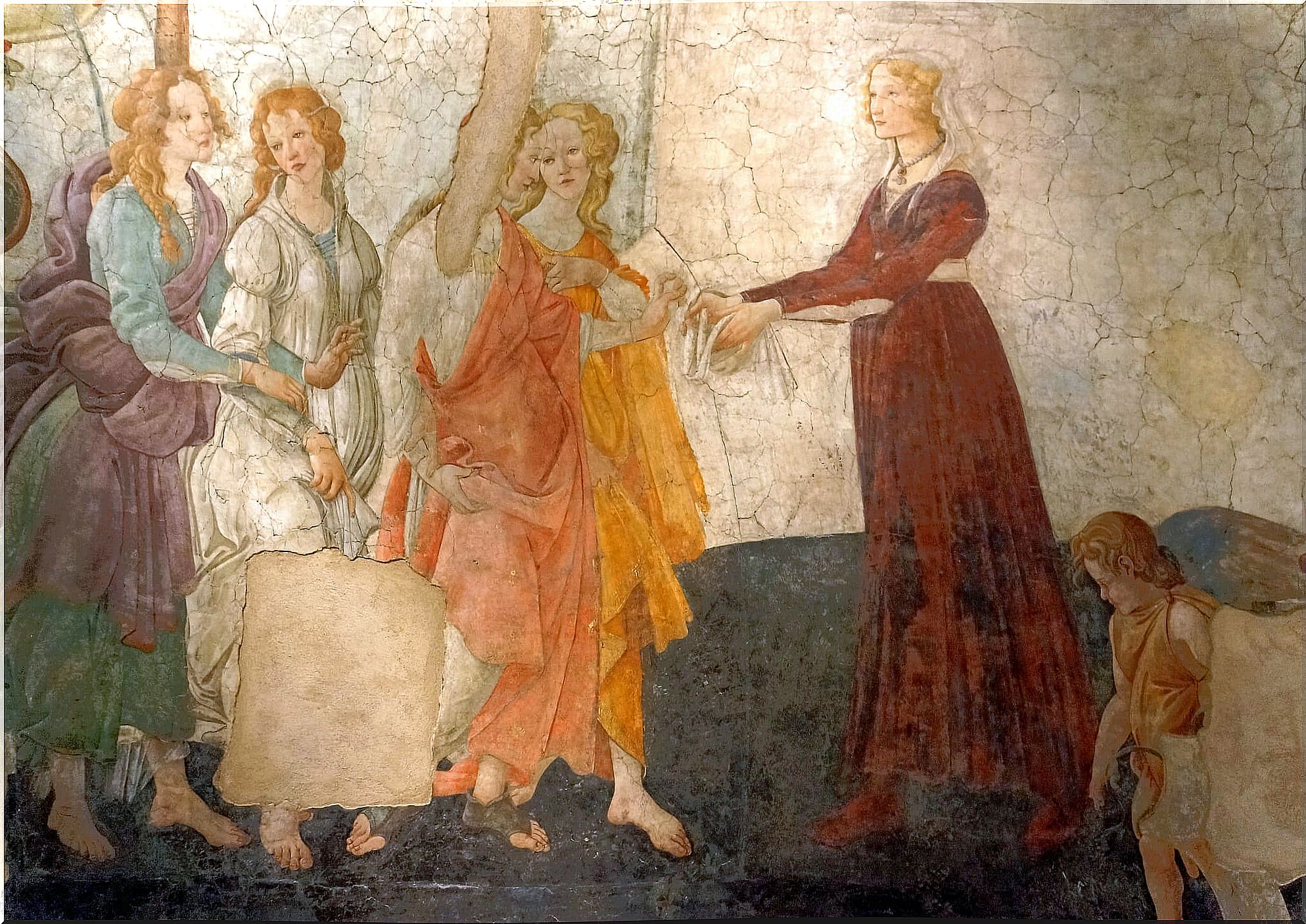
Where to see this Renaissance portrait
Currently, this painting is in the Thyssen Bornemisza museum, one of the best museums in the city of Madrid. The work is part of the collection that Baroness Thyssen exhibits since 1988 as part of the agreement between the collector and the Government of Spain.
This collection houses first-rate specimens, ranging from the fourteenth century to the eighties of the twentieth century. Its inauguration took place in 1992, and its proximity to the Prado and Reina Sofía Museums have made it part of the “Art Triangle” located on the so-called Museum Walk.
To get to this museum and be able to see the portrait of Giovana, you can walk, by public transport and by taxi. There are many bus lines that pass through the area, and there are also subway stations nearby.
In this way, you can go and contemplate one of the most beautiful and elegant portraits in the entire History of Art with total practicality. It is an ideal way to spend a day contemplating beautiful faces, dreamlike landscapes and works by the best artists in the world without having to leave this spectacular museum.
Cover image: Image: Flickr.com / kris06000.
